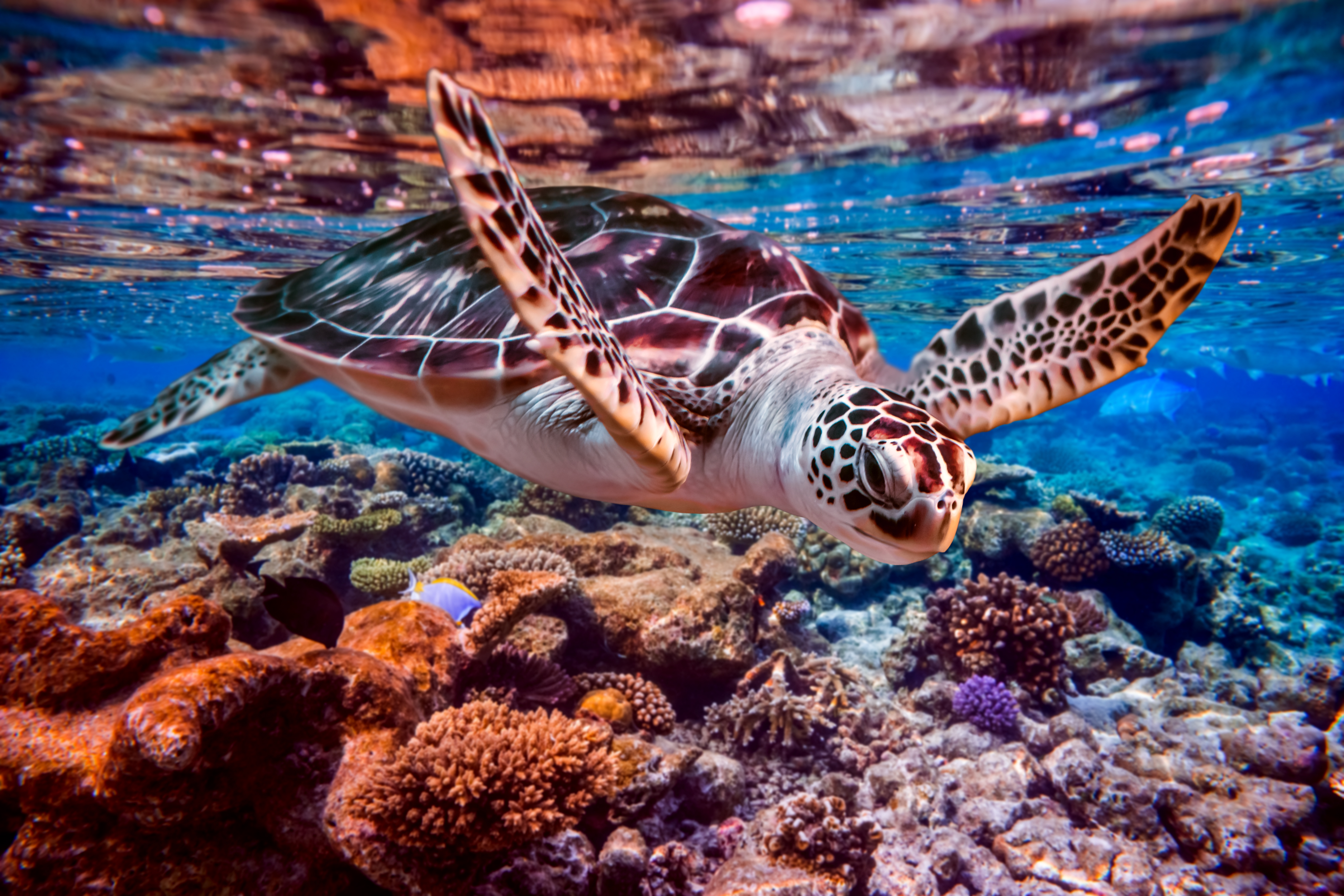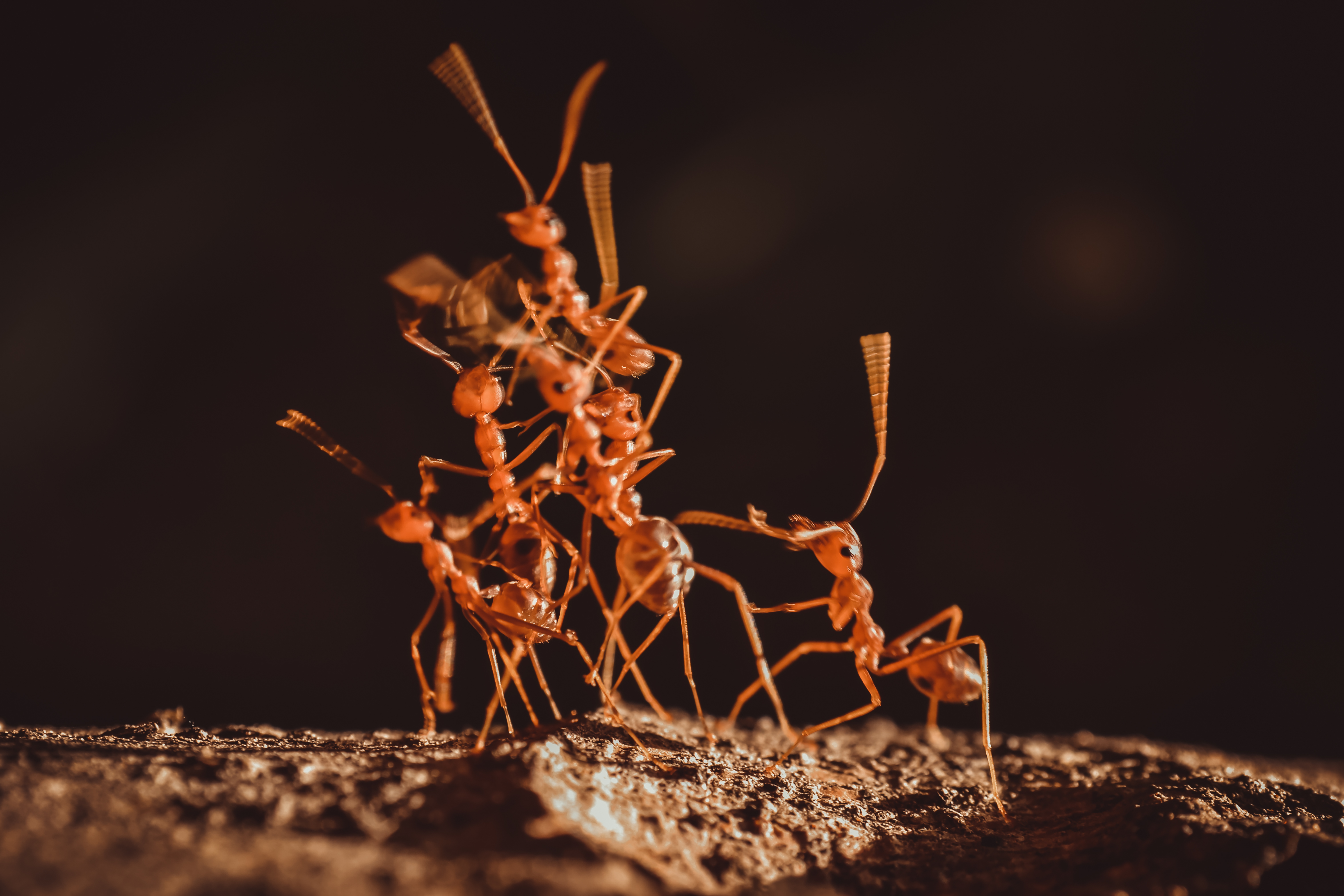10 Animals That Can Literally Glow in the Dark
Bioluminescence, the ability of living organisms to produce light, is a fascinating phenomenon that has captivated scientists and nature enthusiasts alike. This natural light show is a spectacle and a complex survival mechanism. Found in various environments, from the deep ocean to dense forests, bioluminescent creatures use their glow for a myriad of purposes, including attracting mates, deterring predators, and luring prey. This article delves into the enchanting world of bioluminescent animals, exploring the science behind their glow and highlighting 10 extraordinary creatures that light up the darkness. We will journey through the ocean's depths, traverse lush forests, and even explore the skies, uncovering the secrets of these luminous beings. Each section will introduce a unique glowing animal and connect to the broader theme of bioluminescence, offering insights into how this phenomenon shapes ecosystems and influences evolutionary paths.
1. The Deep-Sea Dazzlers: Anglerfish and Their Luminous Lures
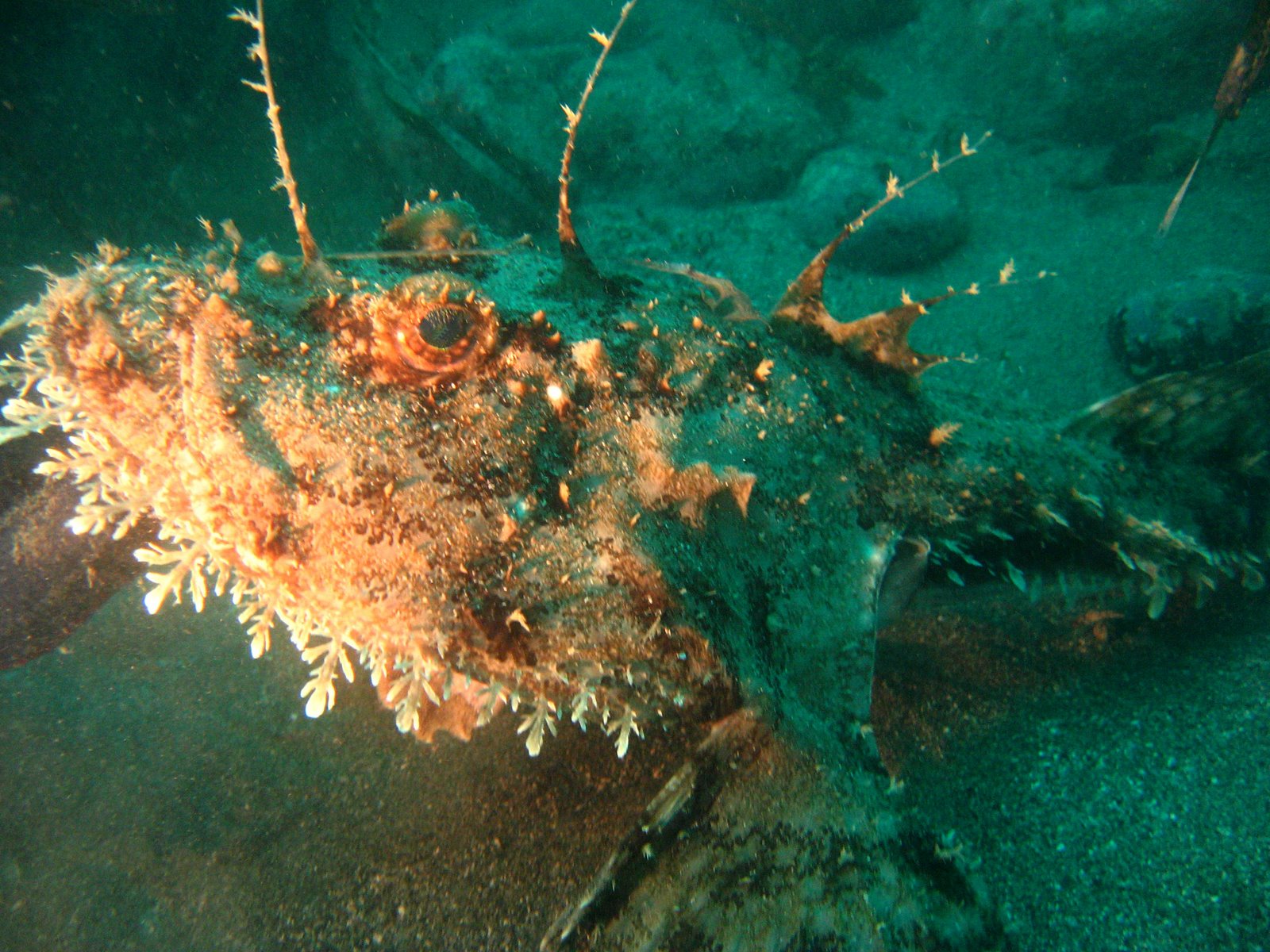
In the inky blackness of the deep ocean, where sunlight cannot penetrate, the anglerfish reigns supreme with its eerie glow. This fish has a bioluminescent lure that dangles from its head, attracting unsuspecting prey. The light is produced by symbiotic bacteria housed in a specialized organ called the esca. This relationship is a prime example of mutualism, where the fish and the bacteria benefit. The anglerfish's ability to produce light is not just for hunting; it also plays a role in communication and mating. The glow can signal potential mates or ward off competitors, making it a crucial adaptation for survival in the harsh sea environment. This section will explore the anglerfish's biology, its glow's chemistry, and its ecological role in the ocean's depths.
2. The Enigmatic Glow of the Firefly Squid
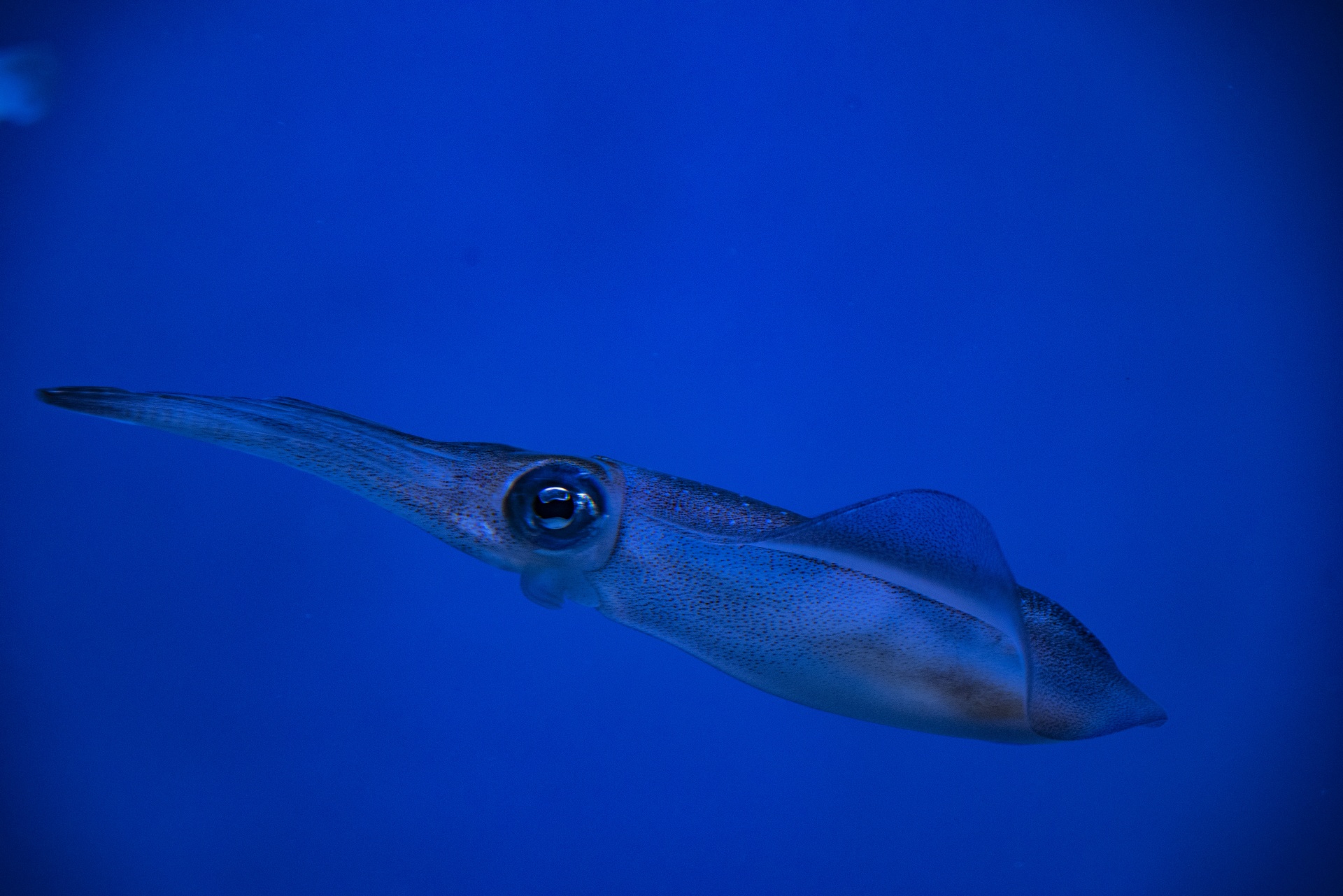
The firefly squid, found in the waters off Japan, is a small cephalopod known for its spectacular light displays. Each of its arms is lined with photophores, light-producing organs that emit a mesmerizing blue light. These displays are most prominent during the squid's spawning season, creating a breathtaking spectacle that attracts tourists and researchers alike. The bioluminescence of the firefly squid serves multiple purposes: it helps in communication, confuses predators, and aids in hunting by attracting small fish. The squid's glow is controlled by a complex nervous system that can modulate the intensity and pattern of the light, showcasing the intricate evolution of bioluminescent traits. This section will delve into the life cycle of the firefly squid, its bioluminescent mechanisms, and its cultural significance in Japan.
3. The Hypnotic Dance of the Glowing Jellyfish
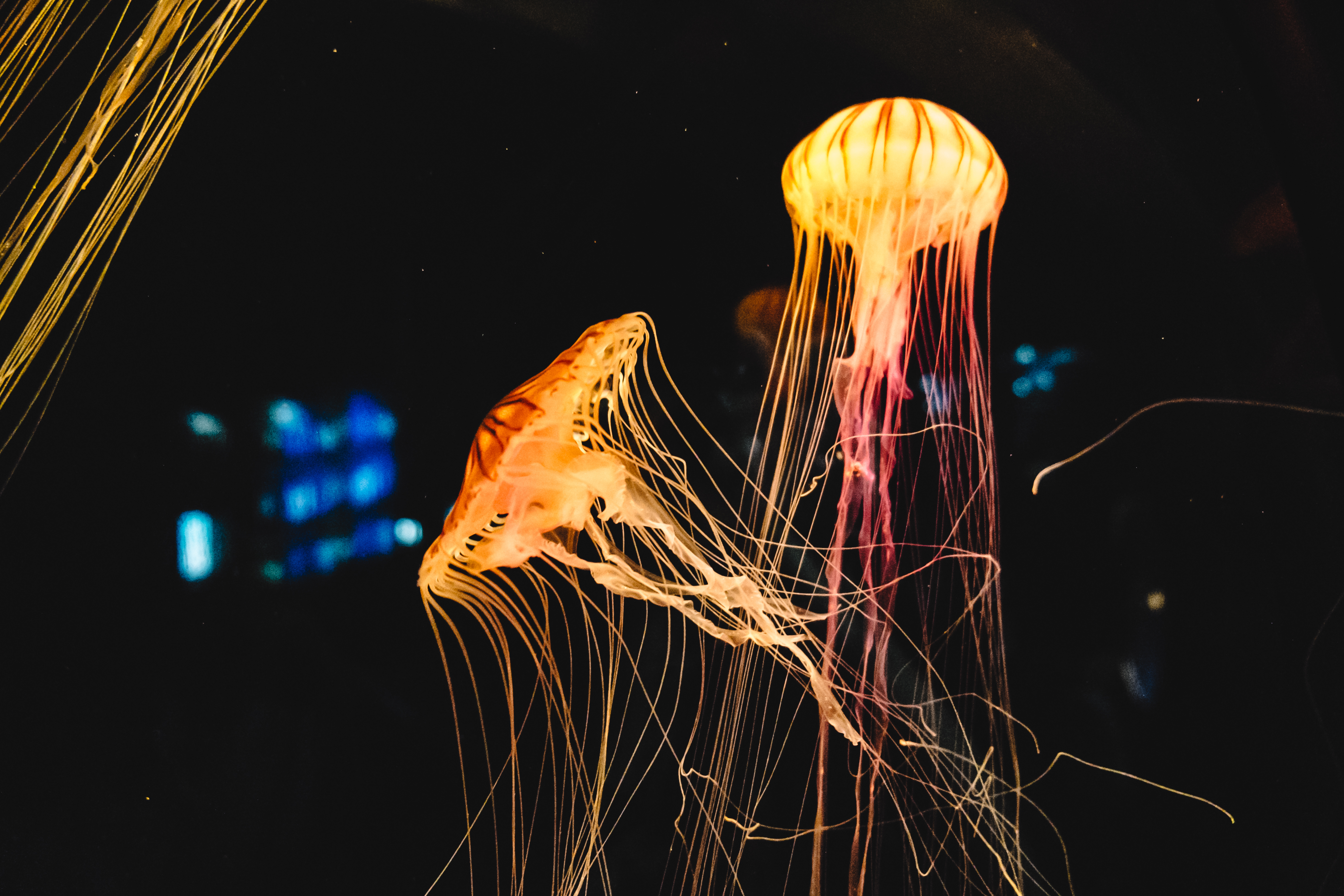
Jellyfish are among the most ancient creatures on Earth, and many species possess the ability to glow. The comb jelly, for example, is renowned for its bioluminescent displays created by light-reflecting cilia that scatter light across its body. This glow serves several purposes, including deterring predators and attracting mates. The moon jellyfish, another luminescent species, uses its glow as a defense mechanism, emitting a bright flash to startle predators. These jellyfish inhabit various marine environments, from coastal waters to the open ocean, and their bioluminescence plays a key role in marine ecosystems. This section will explore the diversity of glowing jellyfish, the science behind their light production, and their ecological importance.
4. The Surprising Glow of the Lanternfish

Lanternfish, small deep-sea dwellers, are one of the most abundant vertebrates on the planet. Their name comes from the rows of photophores along their bodies, which emit a soft blue light. This bioluminescence serves several functions, including camouflage, communication, and predation. In the vast darkness of the ocean, lanternfish use counter-illumination to blend in with the faint light from above, making them invisible to predators lurking below. This adaptation is crucial for their survival in the deep sea, where predation pressure is high. Lanternfish also play a significant role in the marine food web, serving as prey for larger fish, birds, and mammals. This section will examine the biology of lanternfish, their ecological role, and the evolutionary advantages of their bioluminescence.
5. The Glowing Wonders of the Forest: Bioluminescent Fungi
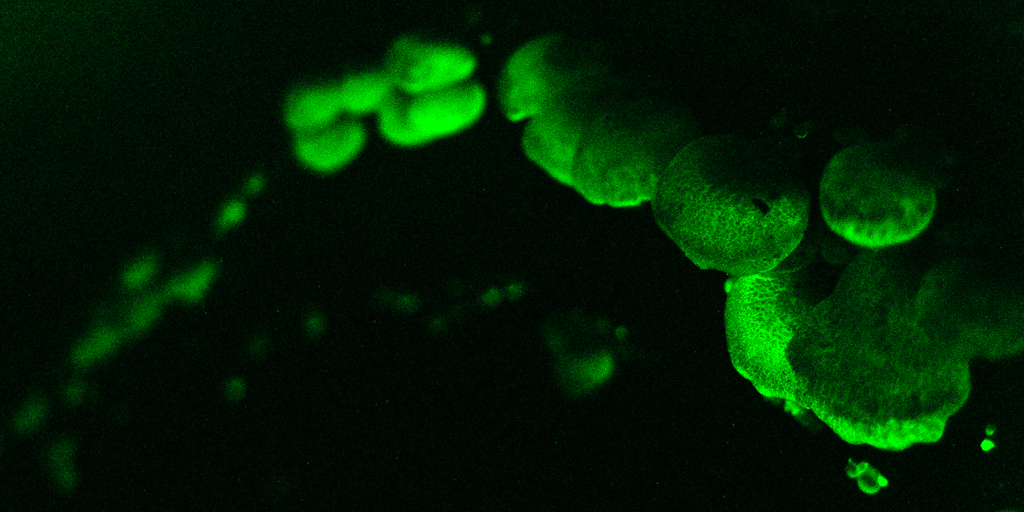
While most bioluminescent creatures are found in the ocean, some inhabit terrestrial environments, such as forests. Bioluminescent fungi, commonly known as "foxfire," are a fascinating example of land-based bioluminescence. These fungi emit a greenish glow, which is thought to attract insects that help disperse their spores. The glow is produced by a chemical reaction involving luciferin, luciferase, and oxygen, similar to the process in marine organisms. Bioluminescent fungi are found in various parts of the world, from the rainforests of Brazil to the woodlands of North America. This section will explore the diversity of glowing fungi, their ecological roles, and the scientific mysteries surrounding their bioluminescence.
6. The Mesmerizing Glow of the Firefly

Fireflies, or lightning bugs, are perhaps the most familiar bioluminescent creatures to many people. These beetles produce light through a chemical reaction in their abdomens to attract mates and deter predators. The light patterns vary between species, with some fireflies synchronizing their flashes in a captivating display. This bioluminescence is a mating signal and defense mechanism, as it warns potential predators of the firefly's unpalatability. Fireflies are found in temperate and tropical regions across the globe, and their glowing displays have inspired countless myths and legends. This section will delve into the biology of fireflies, the chemistry of their light production, and their cultural significance.
7. The Ocean's Light Show: Bioluminescent Plankton
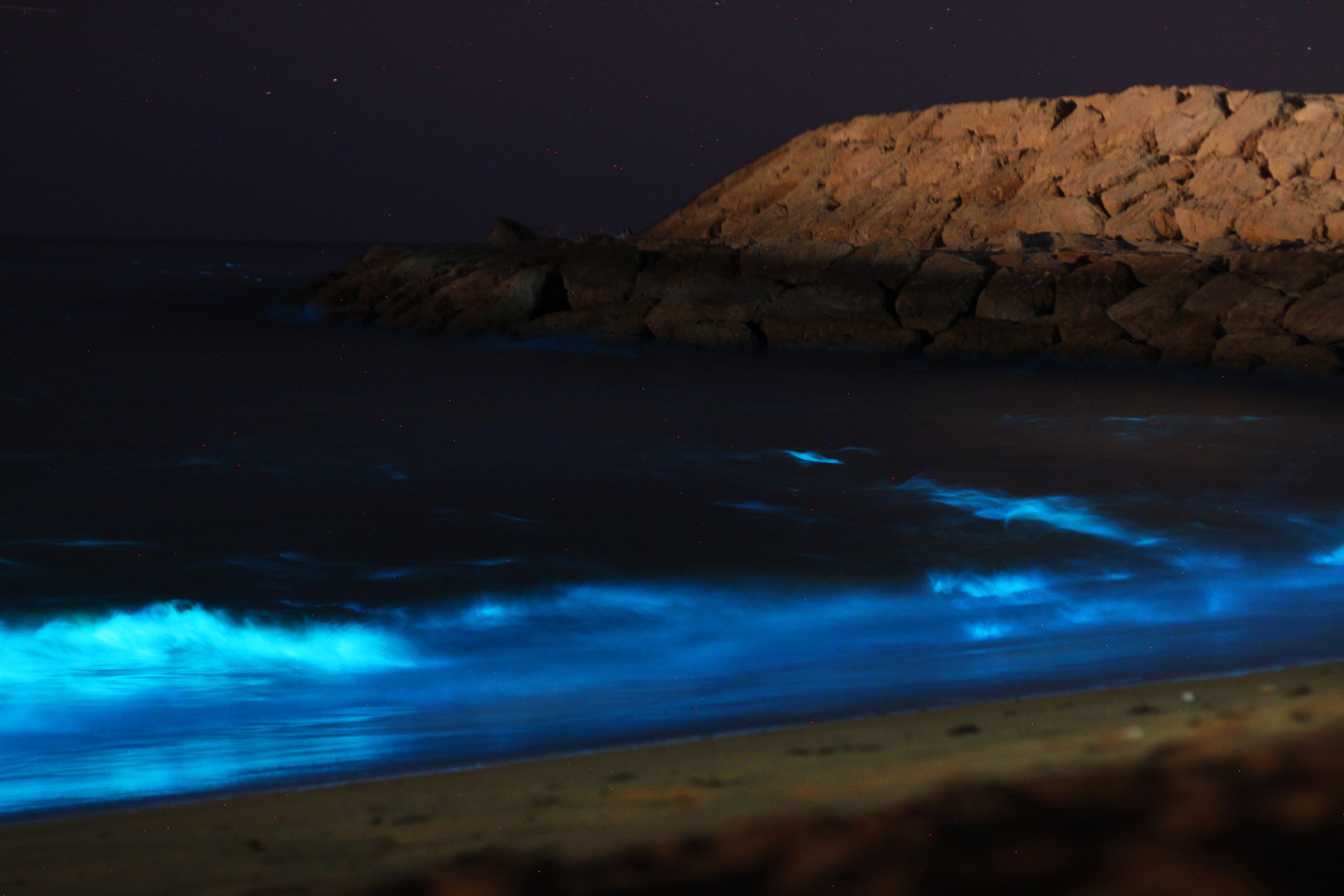
Bioluminescent plankton are tiny organisms that create stunning light displays in the ocean. When disturbed, these plankton emit a bright blue light, illuminating the water with a magical glow. This bioluminescence is a defense mechanism, startling predators and attracting larger animals that might prey on the plankton's attackers. The most famous bioluminescent plankton are dinoflagellates, which are responsible for the phenomenon known as "sea sparkle." These organisms are found in oceans worldwide, and their glowing displays can be seen from beaches and boats alike. This section will explore bioluminescent plankton's biology, their ecological roles, and the environmental factors that influence their light production.
8. The Glowing Skies: The Bioluminescent Click Beetle
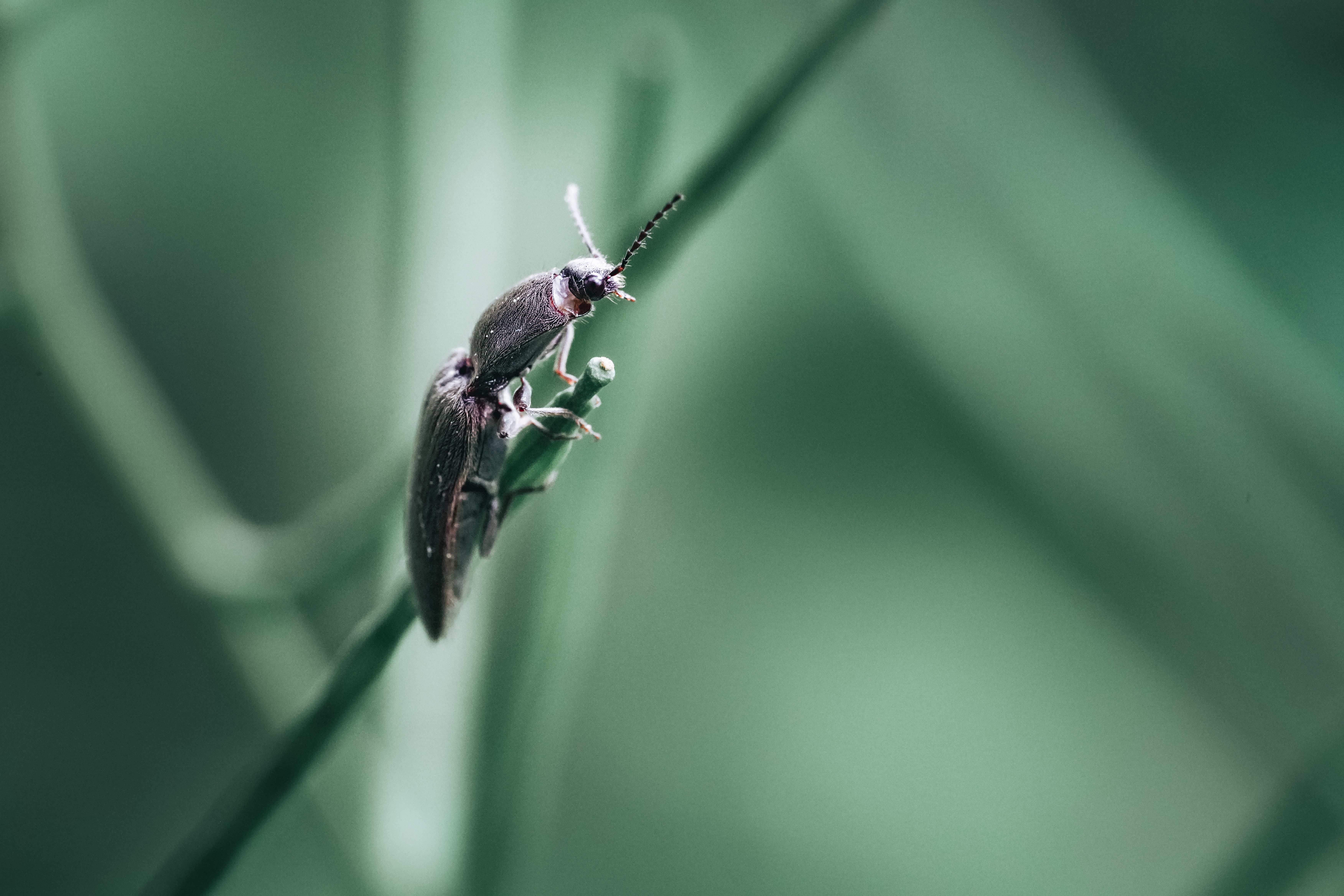
The click beetle, found in Central and South America, is another terrestrial insect that can produce light. Unlike fireflies, which glow only in their abdomens, click beetles have photophores on their thorax and abdomen, creating a dual light display. This bioluminescence serves as a warning to predators, signaling that the beetle is toxic and unpalatable. The light is produced through a chemical reaction involving luciferin and luciferase, similar to other bioluminescent organisms. Click beetles can "click" and flip into the air when threatened, using their light to startle and confuse predators. This section will examine click beetles' biology, light production mechanisms, and ecological significance.
9. The Enchanting Glow of the Hawaiian Bobtail Squid
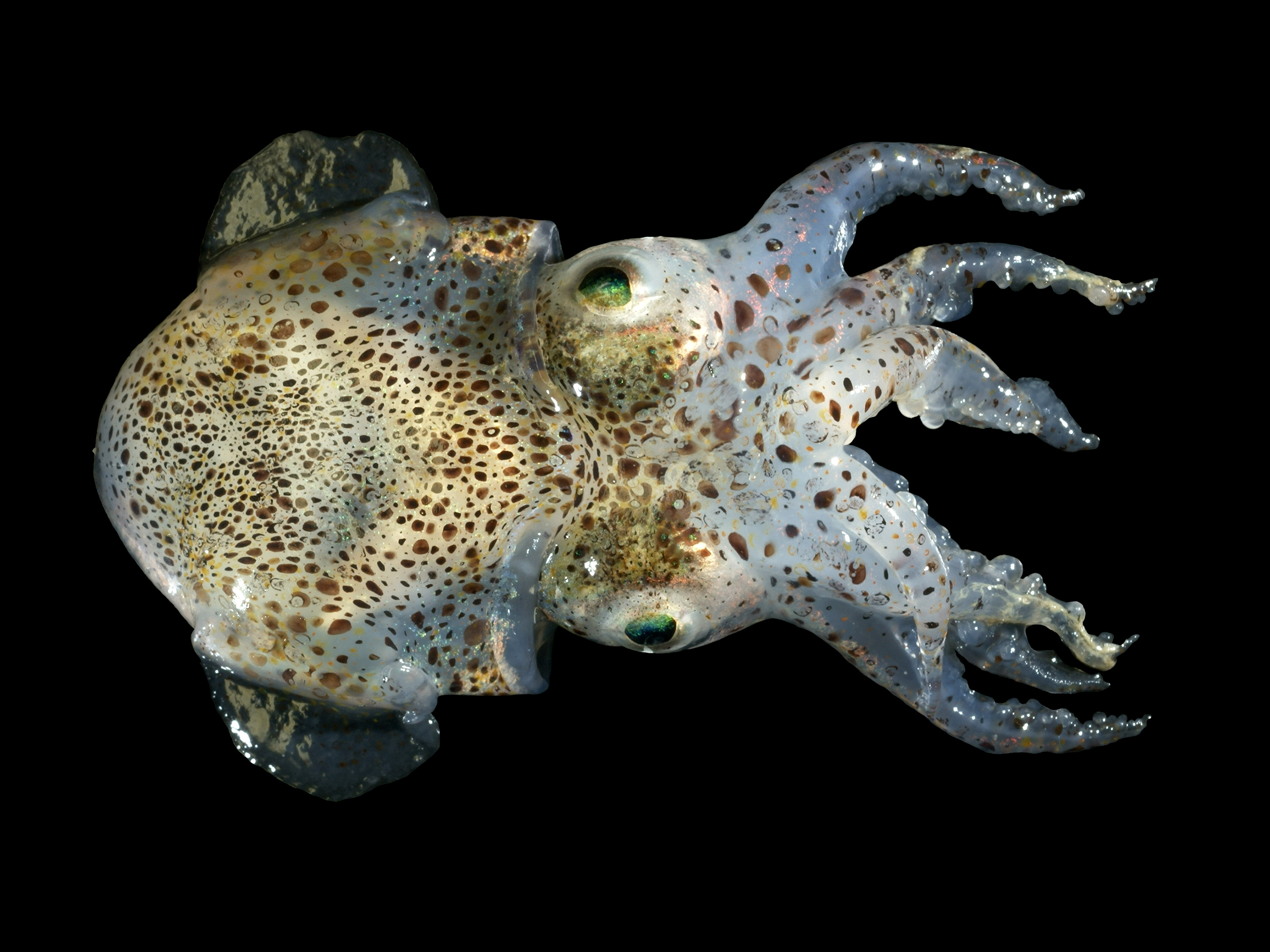
The Hawaiian bobtail squid is a small cephalopod with a unique bioluminescent symbiosis. It harbors bioluminescent bacteria in a specialized light organ, which helps it blend in with the moonlit ocean surface. This counter-illumination provides camouflage from predators below, making it an effective survival strategy. The relationship between the squid and its bacterial symbionts is a remarkable example of mutualism, with both parties benefiting from the association. The squid provides a suitable habitat and nutrients for the bacteria, while the bacteria aid in the squid's camouflage. This section will explore the biology of the Hawaiian bobtail squid, its symbiotic relationship, and the ecological implications of its bioluminescence.
10. The Radiant Glow of the Railroad Worm
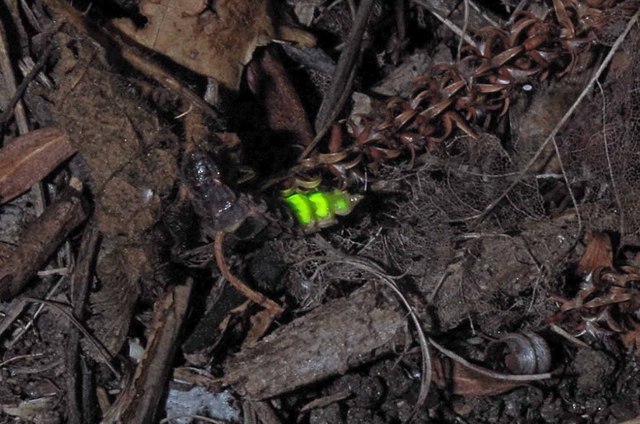
The railroad worm, or glowworm, is a larva of a beetle species found in Central and South America. It is named for the rows of glowing spots along its body, resembling the lights of a train. The bioluminescence of the railroad worm is unique, as it can produce different colors of light, including green and red. This ability is thought to deter predators by mimicking the eyes of larger animals. The glowing spots are also used to attract prey, making the railroad worm a formidable hunter. This section will delve into the biology of the railroad worm, its bioluminescent mechanisms, and its ecological role.
Bioluminescent creatures, with their ability to light up the darkness, offer a glimpse into the wonders of evolution and the complexity of life on Earth. From the deep-sea anglerfish to the forest-dwelling fungi, these organisms have evolved unique adaptations that allow them to thrive in their respective environments. Their glow serves various purposes, from communication and camouflage to predation and defense, highlighting how bioluminescence influences survival strategies. As we continue to explore and study these luminous beings, we gain a deeper understanding of the natural world and the intricate relationships that sustain it. The study of bioluminescence enriches our knowledge of biology, inspires technological advancements, and fuels our imagination. This article has illuminated the fascinating world of bioluminescent animals, revealing the beauty and complexity of nature's light show.




